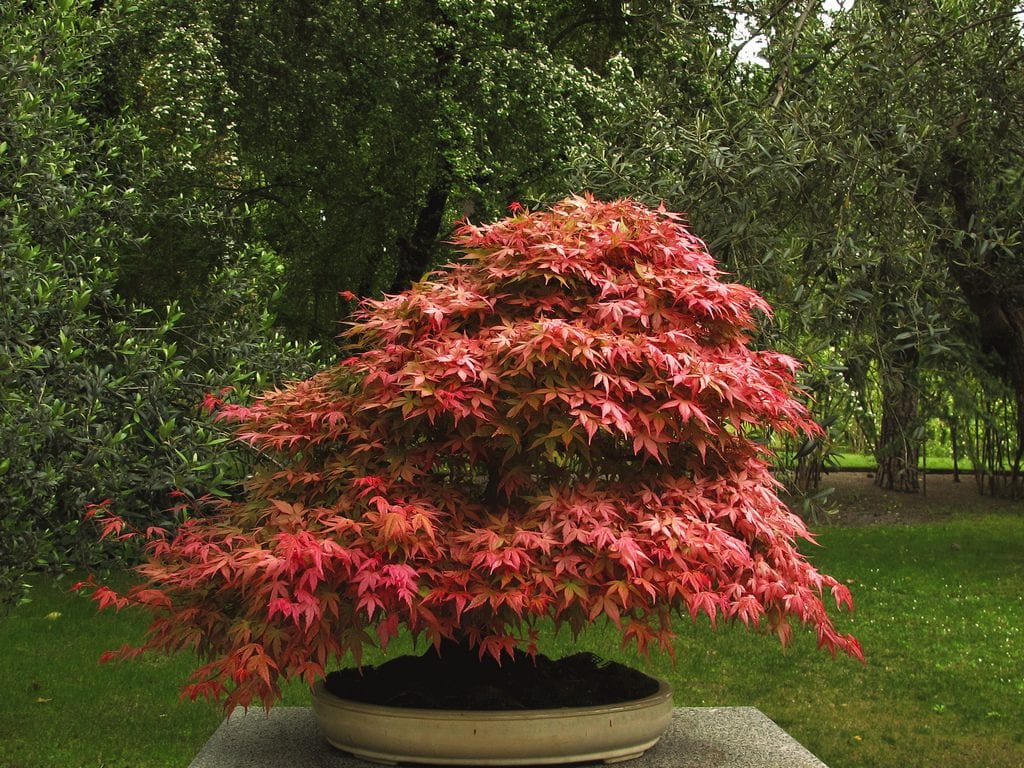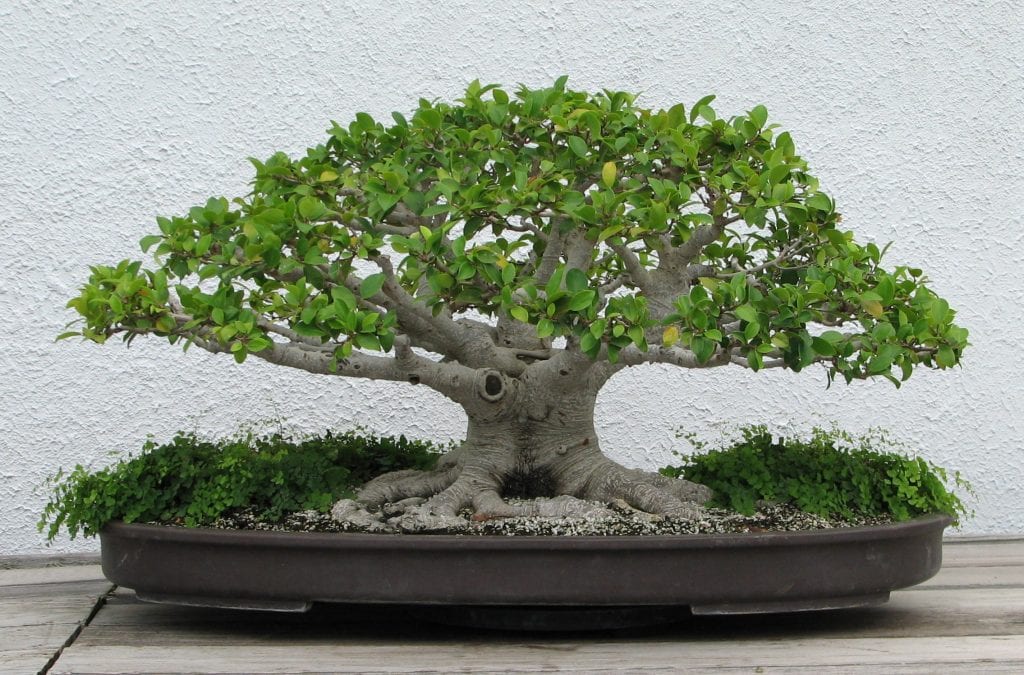
Bonsai are very special miniature works of art, since unlike the others, this one it is a work that will never be finished. Although it is difficult to get a tree to live on a tray throughout its life, to also flourish and be healthy, there is one thing that we can - and we must, especially if we are beginners - do before buying that seedling with which we will work.
And it is nothing other than observing it well: the size of its leaves, the movement of its trunk, the development of its roots, its vigor. Thus, the chances that we will end up having a wonderful miniature tree are very, very high. Let's see how to choose trees for bonsai.

Although today we find plants in bonsai trays that, without a doubt, the ancient masters would not see favorably, the reality is that this is an evolving world. The basic techniques are maintained, but the characteristics that a tree must have are not only those that were required before, but also now it is allowed to work with slightly different species. Anyway, if you don't have much experience, I recommend that you follow the "rules" of the Bonsai Classical School, which determines that they must have:
- Small leaves, like those of the Ficus, Acer, Citrus, or conifers.
- A defined style, that is, the trunk must have movement, and its branches have to develop in such a way that it reminds us of a tree in nature. More information on styles here.
- A woody trunk at least 2cm thick (the more the better). Succulent and herbaceous plants are not allowed.
- Healthy root system, that is, it must not have black or rotten roots.

Knowing this, we can go to a nursery to choose our future work. Of course, if you do not find any that have the aforementioned characteristics, you should not worry. You can always buy the one you like the most, plant it in a colander with akadama for a year to make the trunk thicken, and after that time start working with its branches.
Enjoy working with your tree 🙂.
Hello
I thank you very much for the information on gardening, it is very interesting, well presented and above all with very good content, learning more about nature every day, it is one of the best missions that man can have, its results create a true communication between The man and the life. Thank you for your teachings and comments, keep going always.
Thank you very much for your words, Francisco.
We are glad you like the blog 🙂.
Can you get a bonsai from one foot of «Pau Brasil» Or Ibirapitá? Thanks.
Hello Conrado.
You mean the Peltophorum dubium? If so, yes, it is possible, since it has the small leaves and an easy to work trunk.
But if you can, we highly recommend joining a bonsai club or association in your country, so they can teach you , how to work it.
Regards!